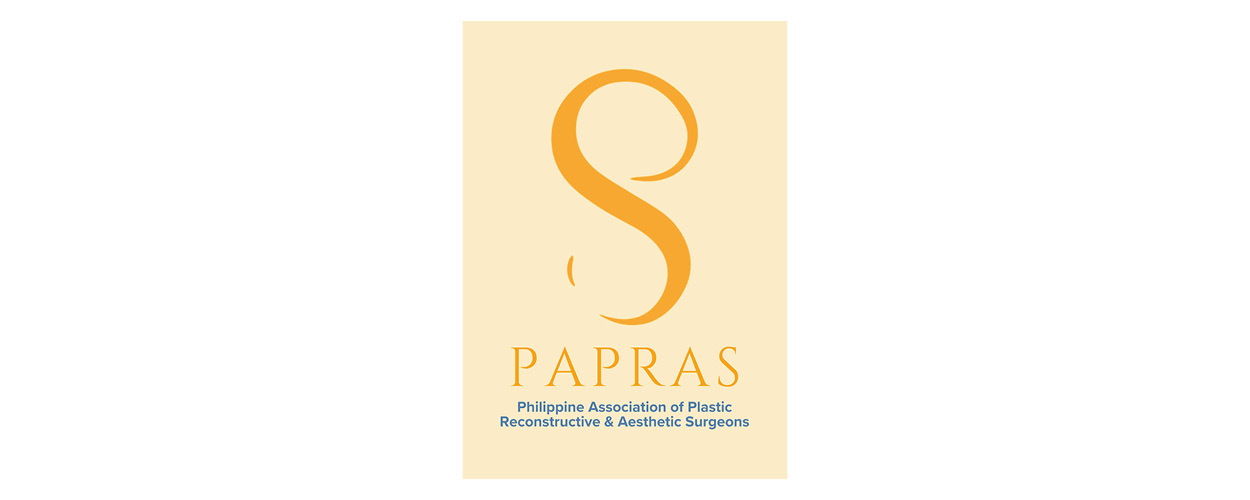VOLTAR
IMCAS World Congress 2024
IMCAS World Congress 2024
Programa
Adaptar ao meu fuso-horário a agenda da aula/congresso transmitida ao vivo
Fuso-horário de referência: (UTC+02:00) Europe, Paris
074
Breast reconstruction (in collaboration with PAPRAS)
Sala: Amphi Havane - Level 3
Data: quinta-feira 1 fevereiro 2024 de 13:30 às 14:30
Formato: FOCUS SESSION > lectures covering a major topic of the congress
Data: quinta-feira 1 fevereiro 2024 de 13:30 às 14:30
Formato: FOCUS SESSION > lectures covering a major topic of the congress
Apresentações desta sessão
| Horas | Palestrantes | Título da apresentação | Resumo | Número |
| 13:30 | Algorithmic approach to secondary breast reconstruction | Visualizar | 130723 | |
| 13:40 | Aesthetic breast reconstruction using silicone implants | 130722 | ||
| 13:50 | Long-term outcomes in prepectoral breast reconstruction | Visualizar | 130724 | |
| 14:00 | Smile mastopexy: an aesthetic approach in skin envelope management in breast reconstruction | 132637 | ||
| 14:10 | Fat grafting for breast reconstruction: an indication for every patient | Visualizar | 132868 | |
| 14:20 | Discussion and Q&A | 130730 | ||













